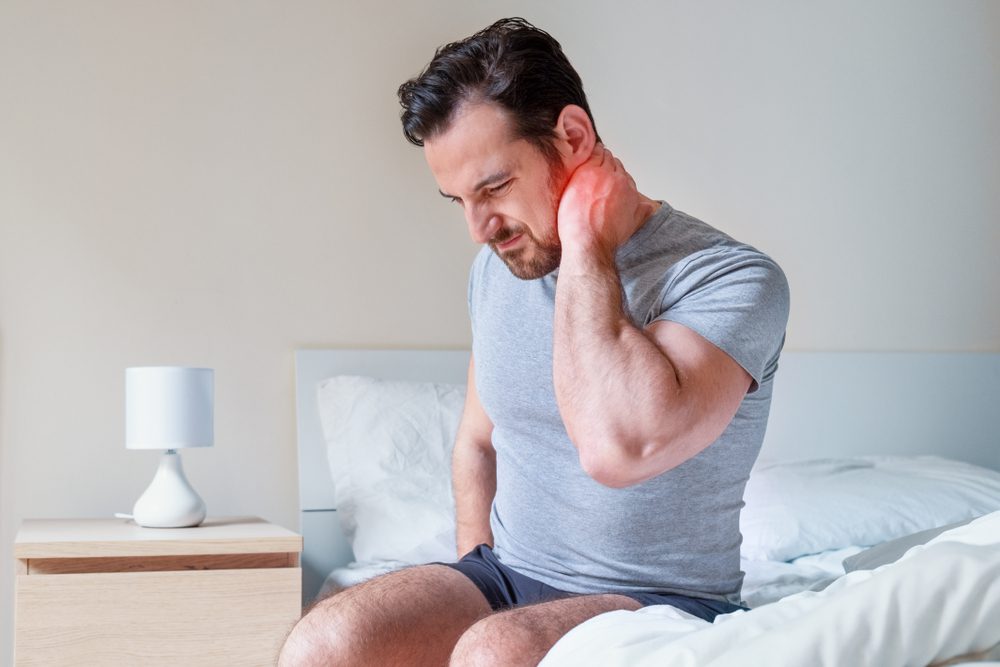
When is it time to see a doctor?
If you spot warning signs of bedsores, you might want to change your position to relieve the pressure on the area. Also, if you don’t notice any improvement in 24 to 48 hours, you should contact your doctor.
Also, seek immediate medical care if you present signs of infection, like fever, drainage from a sore, or even a sore that smells bad. You might want to look for changes in skin color, warmth, or even swelling around a sore. It’s important to look for these symptoms before letting the bedsores escalate.
Causes
Bedsores are generally caused by pressure against the skin. This type of pressure limits the natural blood flow to the skin. Also, limited movement could make the skin vulnerable to damage and lead to the further development of bedsores. There are three primary contributing factors to bedsores, such as:
- Pressure: Constant pressure on any part of your body could lessen the blood flow to tissues. Blood flow is extremely important for the proper delivery of oxygen and all other needed nutrients to tissues. If the skin is deprived of these nutrients, permanent damage or even the death of those areas of the skin and nearby tissues could occur. For people who suffer from limited mobility, this type of pressure tends to occur in certain areas that aren’t well-padded with enough muscle or fat, and they also lie over a bone, like the spine, tailbone, shoulder blades, heels, elbows, or even hips.
- Friction: Friction usually appears when the skin rubs against clothing or bedding. It could make fragile skin even more vulnerable to injury, especially if the skin is moist.
- Shear: Shear usually happens when two surfaces move in the opposite direction. For instance, when your bed is elevated at the head, you can slide down into it. As the tailbone moves down, the skin right over the bone might stay in place, which is how shear occurs. The skin pulls in the opposite direction.













